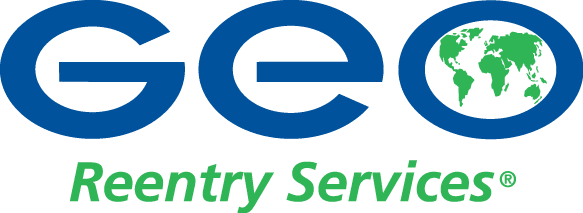Earlier this month, GEO Reentry led the workshop “An Introduction to Alcohol Monitoring Testing Technologies” at the National Association of Drug Court Professionals’ 19th Annual Training Conference. The workshop was designed for agencies considering an alcohol monitoring program. It had an excellent turnout and was well-received by attendees.
The workshop was led by Robert Murnock, GEO’s Eastern Regional Manager Specializing in Offender Monitoring. With more than 17 years’ experience in criminal justice and the development of alcohol monitoring programs, Murnock offered attendees expert insights into the benefits of implementing such programs and how agencies can get started.
Because alcohol abuse contributes to hundreds of thousands of crimes each year, helping offenders released to community supervision maintain sobriety can reduce the likelihood they will reoffend. Using continuous alcohol monitoring technology has helped agencies nationwide track alcohol consumption by parolees, probationers and pretrial defendants. Additionally, this technology provides agencies with accurate and near real time results.
By helping break the cycle of crime, continuous alcohol monitoring programs help enhance public safety. By reducing recidivism rates, these programs can also help ease jail overcrowding and reduce high costs associated with housing inmates.
Implementing a continuous alcohol monitoring program involves several components. Agencies need to engage key stakeholders in the community and agree on the goals of alcohol supervision. They also need to determine who will manage the monitoring; establish rules and procedures for monitoring; define offender eligibility; and monitor metrics and adjust as needed. Understanding these key considerations helps agencies successfully implement alcohol monitoring programs and enhance community supervision.
